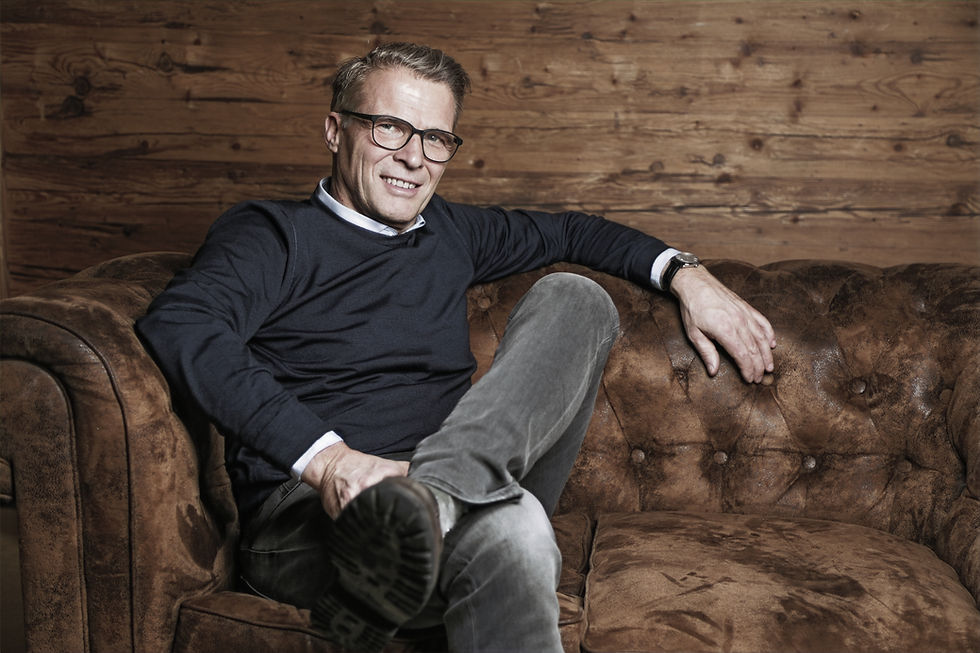Building automation: Efficiency and climate protection combined – your chance for a sustainable future
- Frank Hummel

- Jan 5
- 2 min read
Buildings are more than just static structures. They are complex systems through which energy flows: in heating and air conditioning systems, lighting, security systems, communication infrastructure and more. With modern building automation, companies can not only achieve significant energy savings, but also actively contribute to climate protection - while increasing comfort for users.

My experience: Building automation in your own project
Back in 2012, I implemented a comprehensive building automation solution in my own building. By integrating renewable energies such as a photovoltaic system, battery storage, decentralized ventilation, infrared heating and an intelligent energy management system, I was able to optimize energy consumption and at the same time create the basis for the use of electromobility. Since then, I have supported many other projects and experienced how companies can benefit from such solutions.
Building automation: The advantages at a glance
A modern building automation system (BAS) is the “brain” of a building. With the help of sensors and automated processes, the building is continuously monitored and optimized. For example, lights turn off when no one is in the room or windows open to improve air quality.
The main advantages:
Energy savings of 10-30% compared to manual systems.
Increased comfort for employees and customers.
Reduction of operating costs through intelligent energy use.
Contribution to climate protection by reducing the building's carbon footprint.
Integration of renewable energies and mobility
The future belongs not only to efficiency, but also to integration. Building automation offers the possibility of seamlessly integrating renewable energy solutions. In combination with electromobility, intelligent energy systems are created that are not only economical, but also sustainable.
An example: Bidirectional charging
By integrating electric vehicles into a building's energy system, vehicles can not only be charged but also used as mobile energy storage devices. This makes it possible to balance peak loads and further reduce energy costs.
challenges and how to overcome them
Of course, there are also hurdles in introducing such systems. High investment costs or shared responsibilities between owners and tenants can make implementation difficult. But with a clear strategy and the right advice, these challenges can be overcome.
Investment costs: With targeted funding programs and a focus on long-term savings, the ROI can be significantly improved.
Owner-tenant dilemma: Synergies can be created through transparency and common goals such as comfort and sustainability.
Your partner for transformation
As an entrepreneur with decades of experience in implementing such projects, I know what is important. Frank-Hummel-Consulting supports companies in making their buildings fit for the future - with individual solutions that integrate renewable energies, building automation and mobility.
Conclusion: Act now for a sustainable future
Building automation offers enormous opportunities for companies to reduce operating costs, increase comfort and at the same time make a valuable contribution to climate protection. Let us realize your vision together. Contact Frank-Hummel-Consulting and find out how your building can become a pioneer for efficiency and sustainability.


